
Animation Vs Motion Graphics: Best Choice for You in 2024
May 04, 2024 6 Min Read 1120 Views
(Last Updated)
Both animation and motion graphics are one of the coolest ways to get your point across to your audience. Both are eye-catching, but they serve very different purposes and are crafted using distinct techniques—this is where the worlds of animation and motion graphics diverge.
Understanding the difference between animation and motion graphics is essential for creators and marketers alike, as mixing them up could lead to mismanaged expectations and skewed project goals. Animation vs Motion Graphics is a common source of confusion and miscommunication, with some people using the terms interchangeably or misapplying them in industry discussions.
Animation often involves storytelling with a focus on characters and complex visuals, whereas motion graphics are designed to communicate messages directly and dynamically, often in a commercial context. However, there’s much more beneath the surface.
So, through this blog, we will explore the key differences between animation and motion graphics, their uses, costs, tools, and more. We’ll help you analyze and choose between animation and motion graphics.
Table of contents
- Difference Between Animation and Motion Graphics
- What is Animation?
- What is the Purpose of Animation?
- Process of Creating Animation
- What is Motion Graphics?
- What is the Purpose of Motion Graphics?
- Process of Creating Motion Graphics
- Animation Vs Motion Graphics: Which One Should You Choose?
- Choose Animation if:
- Choose Motion Graphics if:
- FAQs
- What is the main difference between animation and motion graphics?
- Can motion graphics include animation?
- Are the tools for animation and motion graphics the same?
- Which is more expensive to produce, animation or motion graphics?
- How do I decide whether to use animation or motion graphics for my project?
- Can I use both animation and motion graphics in one project?
Difference Between Animation and Motion Graphics
To better understand how animation and motion graphics vary, we can compare them across several key factors. Below is a table that outlines these differences in a clear and organized manner:
| Sr. No | Factor | Animation | Motion Graphics |
| 1 | Definition | A method of creating illusory motion by means of successive drawings or models of characters or scenes. | A type of graphic design that incorporates movement and audio effects usually for multimedia projects. |
| 2 | Use | Primarily used in filmmaking, gaming, and as part of narrative media. | Commonly used in advertising, web interfaces, and informational content to convey messages quickly and effectively. |
| 3 | Tools | Adobe After Effects, Maya, Blender, Adobe Animate. | Adobe After Effects, Cinema 4D, Adobe Premiere Pro. |
| 4 | Cost | Typically higher due to complex storytelling and lengthier production times. | Generally less expensive due to shorter, more repetitive content. |
| 5 | Goal of Creation | To tell a story or bring characters to life, often evoking emotions. | To inform, advertise, or explain, focusing on delivering messages succinctly. |
| 6 | Style | Can vary widely from 2D cartoons to 3D digital renders. | Often sleek, text and shape-based with smooth transitions. |
| 7 | Duration | Can vary from a few seconds to full-length movies. | Usually short, often not exceeding a few minutes. |
| 8 | Audience | Targeted towards audiences looking for entertainment or emotional engagement. | Targeted towards consumers or audiences seeking quick information or calls to action. |
Now, let’s delve deeper into animation:
Before we proceed further, it’s essential to have a solid foundation in motion graphic design principles and animation basics. If you’re eager to dive deep into creating captivating motion visuals, consider joining GUVI’s Motion Graphics Career Program. In this program, you’ll learn the fundamentals of animation, visual effects, and storytelling techniques. Gain hands-on experience with industry-standard tools and techniques, and unlock your creativity to craft stunning motion graphics for videos, presentations, and more.

What is Animation?
Animation is the art of bringing life to an inanimate object or a digitally created character. It involves creating a sequence of images that when played in order, appear to move and are capable of telling a story or expressing ideas.
Must Know About 10 Must-have Skills for a Motion Graphics Designer in 2024
At its core, animation involves manipulating figures to appear as moving images. This can range from traditional hand-drawn cartoons to intricate 3D models seen in blockbuster movies. The key elements of animation often include a detailed storyboard, character designs, and a timeline that defines frame-by-frame action.
The costs involved in animation can be substantial, as it requires specialized skills, potentially expensive software like Adobe After Effects or Blender, and, depending on the complexity, a considerable amount of time to produce even a few seconds of footage.
What is the Purpose of Animation?
Animation serves a variety of roles in different fields, making it a versatile tool for storytellers and marketers alike. Here are some key reasons why animation is used:
- Storytelling: Animation is a powerful medium for telling stories. It can create engaging narratives that captivate audiences, whether they are children’s fairy tales or complex adult dramas.
- Educational Content: Animated content can simplify complex concepts and make learning more engaging. It is commonly used in educational videos to explain scientific principles, historical events, or mathematical theories.
- Marketing and Advertising: Many companies use animation to advertise their products creatively and memorably, making it easier for the message to stick with the audience.
- Entertainment: From television cartoons to full-length feature films, animation is a fundamental element of the entertainment industry, providing content that appeals to all ages.
- Video Games: Animation brings video games to life. Every character movement and environmental interaction in video games is driven by animation.
- Simulation and Training: Animated simulations are used in various industries for training purposes, including military, aviation, and healthcare, providing a risk-free, realistic training environment.
- User Interface Design: Animation can enhance the user experience in software applications and websites by making interactions more intuitive and visually appealing.
- Cultural Expression: Animation allows for cultural storytelling, showcasing folklore, traditions, and historical narratives in a visually dynamic way.
Also Explore: Animation in UI/UX: Captivating Designs Through Motion
Process of Creating Animation
Creating animation is a detailed and multi-step process that involves both creative and technical expertise. Here’s an overview of the typical steps involved from commissioning to submission:
- Conceptualization: The process begins with an idea or a story, which is fleshed out into a detailed script or concept note.
- Storyboarding: A storyboard is created, which is a series of drawings that outline the sequence of the animation and provide a visual script.
- Designing Characters and Environment: Artists design the characters and settings, creating a consistent style and aesthetic for the animation.
- Voice Recording: For animations that include dialogue, voice actors record their parts. This often guides the timing and pace of the animation.
- Animatics: Combining the storyboard with the audio recordings, an animatic—a rough version of the animation—is produced to establish timing and edit points.
- Keyframing and Layout: Animators create keyframes to define the movement. The layout process positions these key frames within the scenes.
- Inbetweening (Tweening): Inbetween frames are created between keyframes to ensure smooth motion.
- Texturing and Lighting: For 3D animation, this step involves adding textures to surfaces and setting up light sources to enhance realism.
- Compositing and Rendering: The various elements (animations, effects, backgrounds) are combined and rendered into a final output.
- Editing and Final Output: The rendered pieces are edited together according to the storyboard, with sound effects, music, and any final visual effects added.
- Review and Revision: Before final submission, the animation is reviewed and potentially revised based on feedback to refine the overall impact.
- Delivery: The final animation is compiled in the required format and delivered to the client or distributor.
Now, let’s understand in detail about motion graphics:
Also Read | Watch Out for These Motion Graphic Trends This Year
What is Motion Graphics?
Motion graphics are a type of animation that focuses on creating movement and shape change with text and abstract forms, often accompanied by music or voice-over.
Imagine you’re watching a high-energy corporate video where vibrant, geometric shapes dance across the screen, forming graphs and turning into text that conveys key business metrics. This is motion graphics at work—simplifying information and making it engaging.
Motion graphics are not primarily about storytelling in the traditional sense but are used to animate logos, create appealing ads, or visually represent data. They blend graphic design principles with animation techniques to produce content that is both informative and visually appealing.
The tools typically used include Adobe After Effects, Cinema 4D, and sometimes Adobe Premiere for final edits. The cost of producing motion graphics can be lower than full-scale animation due to shorter production times and the less complex nature of the projects.
Also Read: How to Become a Motion Graphics Designer – Complete Career Roadmap
What is the Purpose of Motion Graphics?
Motion graphics serve several distinct purposes across different industries, effectively conveying messages and enhancing visual communication. Here are some key reasons why motion graphics are used:
- Advertising: Motion graphics are ideal for creating eye-catching advertisements that grab viewers’ attention quickly.
- Informational Videos: They are used extensively in explainer videos that break down complex information into digestible visual segments.
- Corporate Communications: Companies use motion graphics for internal presentations to highlight data, growth, and other key performance indicators in an engaging way.
- Event Visuals: Motion graphics are often featured in concerts, conferences, and other events to add dynamic backgrounds and thematic visuals.
- Logo Animation: Brands animate their logos using motion graphics to create a memorable visual identity.
- Educational Purposes: Similar to animation, motion graphics are used in educational content to explain concepts clearly and keep the viewer engaged.
- Social Media Content: Due to their ability to convey messages quickly, motion graphics are perfect for social media platforms where user engagement time is limited.
- User Interfaces: Motion graphics enhance the user experience in digital products by providing intuitive visual cues.
Also Read | Best Product-Based Companies for Motion Graphic Designers
Process of Creating Motion Graphics
Creating motion graphics involves a series of steps that blend graphic design with animation techniques. Here’s how these projects typically unfold from start to finish:
- Briefing and Conceptualization: The process starts with a clear brief from the client, outlining the message and objectives of the motion graphics project.
- Scriptwriting and Storyboarding: A script is written for any voice-over needed, and a storyboard is developed to visualize how the graphics will unfold across the video.
- Asset Creation: Designers create the graphic elements needed for the video, such as icons, charts, text, and abstract shapes.
- Animation: Using software like Adobe After Effects, the static assets are animated to move and change according to the storyboard.
- Voice-Over and Sound Design: If the project requires narration, this is recorded and synchronized with the animations. Sound effects and music are also added to enhance the visual experience.
- Compositing: This step involves layering all the visual elements and integrating them with the audio components to form a cohesive video.
- Rendering: The composition is rendered into a video format, which consolidates all the animations and effects into a single file.
- Revisions and Feedback: After the initial rendering, the motion graphics may undergo several revisions based on feedback from the client to ensure it meets all specifications.
- Final Output: Once all revisions are completed, the final version is rendered and delivered in the format required by the client.
- Distribution: The completed motion graphics are then ready for distribution, whether for online platforms, television, or digital displays.
Also Read: 15 Best Motion Graphics Examples for Marketing Campaigns (2024)
Enroll in GUVI’s Motion Graphics Career Program to get your career off to a great start. Here, you will work on amazing real-world projects while learning to use Adobe Illustrator, Photoshop, After Effects, and Premiere Pro. Learn under industry professionals with project development in just 5 months! Get started now!
Animation Vs Motion Graphics: Which One Should You Choose?
So, we hope the difference between motion graphics and animation is clear now. Still, if you’re in doubt regarding what to choose for your company, product, career, or yourself overall, consider the following points in conclusion:
Choose Animation if:
- You need to tell a story or showcase character-driven narratives.
- Your goal is to connect emotionally with the audience, perhaps through compelling characters or dramatic plots.
- You require detailed and diverse visuals, including 3D environments or intricate animations that go beyond simple text and shapes.
- Your content is longer, such as a short film or an educational series, where sustained viewer engagement is necessary.
- You have the budget and time to invest in more complex production processes that animation demands.
Also Read | Career in Animation: Jobs, Salary, Future Scope in India (2024)
Choose Motion Graphics if:
- You need to communicate clear messages or data quickly and efficiently without the need for a narrative.
- You are creating content for business contexts, such as advertisements, corporate videos, or explainer pieces.
- You prefer a clean and modern look that leverages text, icons, and simple shapes.
- Your project is relatively short, such as a social media video or a commercial, suitable for quick consumption.
- You’re working with a tighter budget and less time, making the typically less resource-intensive motion graphics a practical choice.
Also Read | How Long Will It Take to Learn Motion Graphics Designer
FAQs
What is the main difference between animation and motion graphics?
The main difference lies in their purpose and complexity. Animation is typically used for storytelling and can be very complex, involving character development and detailed scenarios. Motion graphics are used to convey messages or information in a direct, simple manner, often involving text and basic shapes.
Can motion graphics include animation?
Yes, motion graphics is a form of animation that specifically uses graphic elements to create movement. It often involves simpler, more abstract visuals compared to character-driven animation.
Are the tools for animation and motion graphics the same?
There is some overlap, such as the use of Adobe After Effects, but animation can require additional tools like Autodesk Maya for 3D modeling, which are not typically used in motion graphics.
Which is more expensive to produce, animation or motion graphics?
Generally, animation is more expensive due to its complexity and the time needed to create lifelike characters and environments. Motion graphics tend to be simpler and less costly to produce.
How do I decide whether to use animation or motion graphics for my project?
Consider your project’s goals. If you need to tell a story or create an emotional connection, animation might be the best choice. If you need to communicate information efficiently, particularly in a business or educational context, motion graphics might be more appropriate.








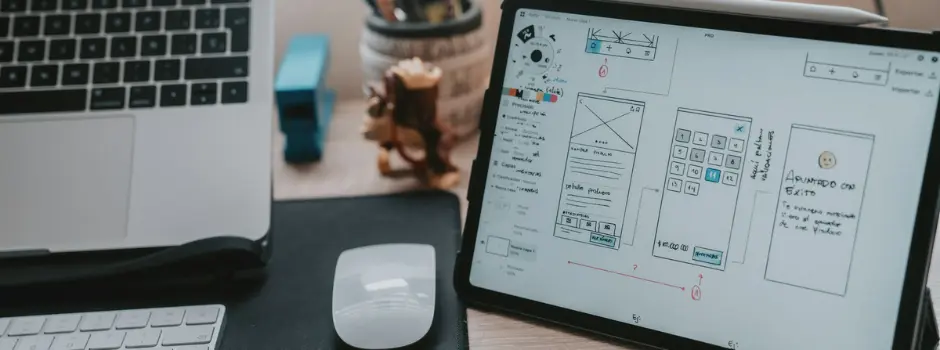

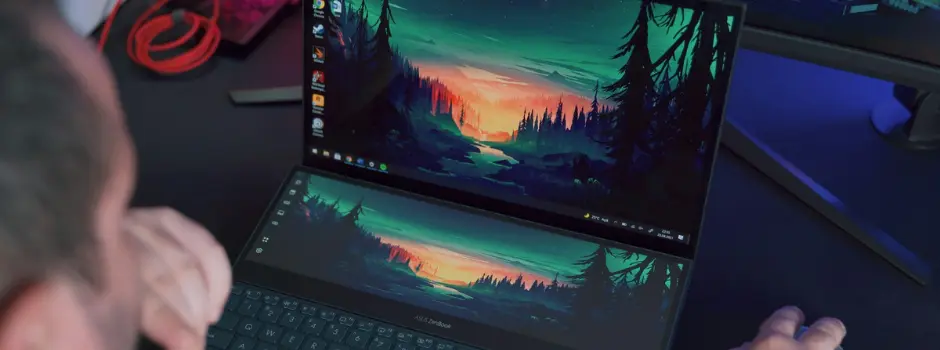
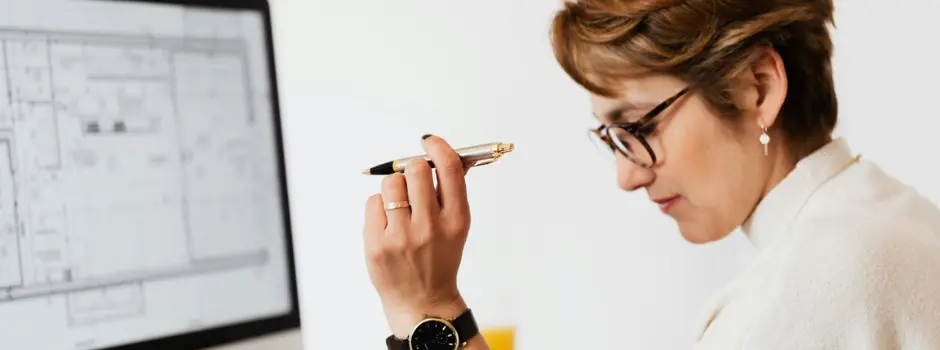
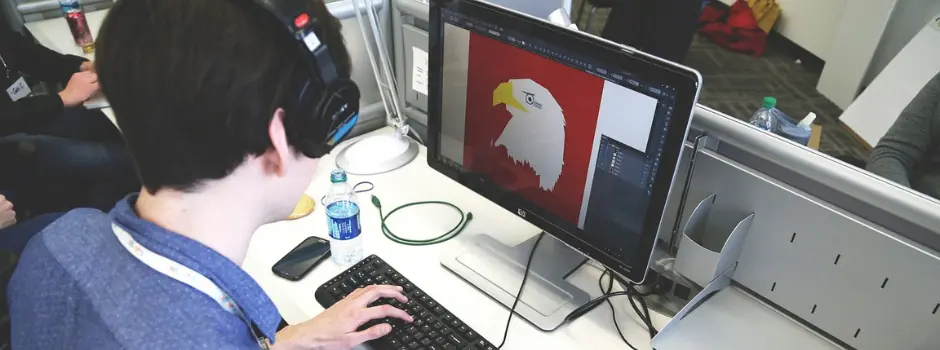

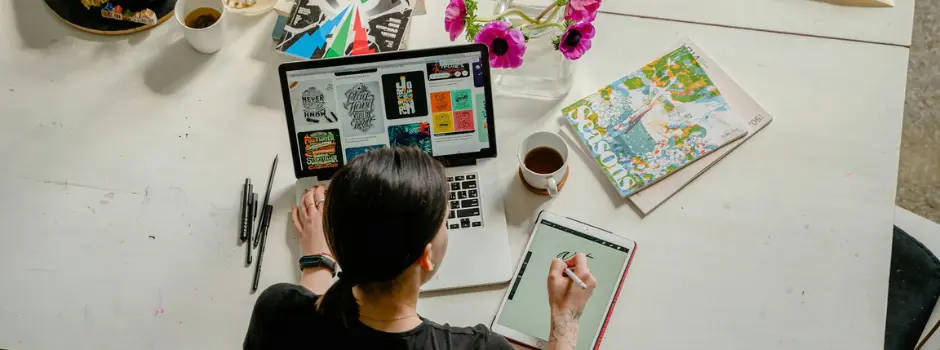
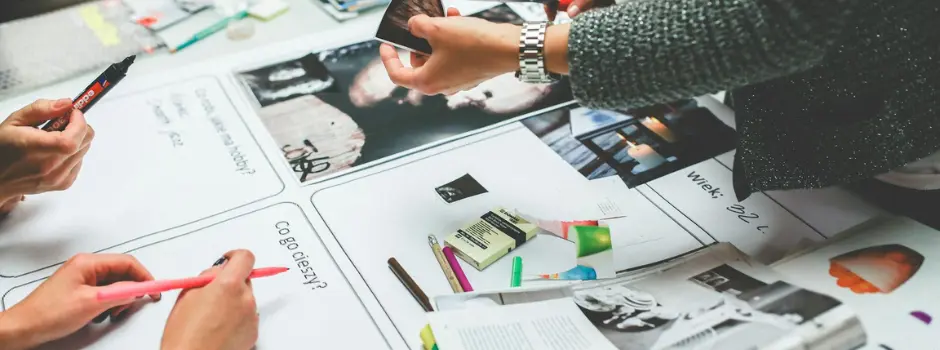
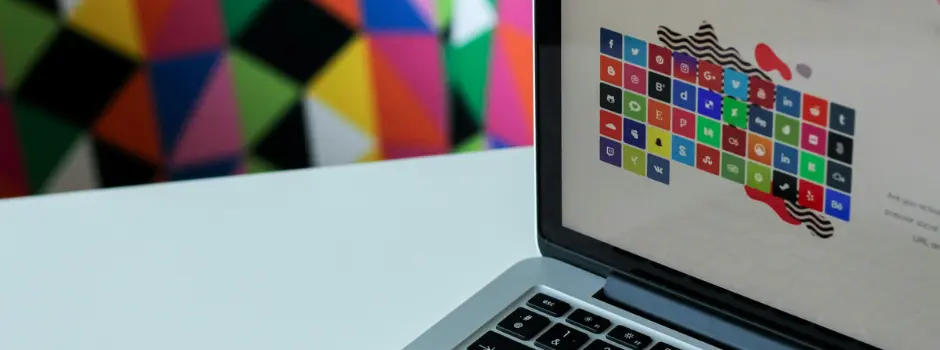
Did you enjoy this article?